In March this year, Kony 2012 became the fastest spreading online film ever -- reaching more people the week it was released than the highest rated television series and the highest grossing Hollywood film combined. This week, Oprah aired an interview with Jason Russell, the filmmaker behind Kony 2012. Oprah focused her interview on Russell, but the filmmaker was only part of this story.
Based on our research, we believe Kony 2012 traveled so far and so fast through a movement of Invisible Children supporters, many of them young people, many of them from mid-sized towns in the middle of the country.
Our research team at the University of Southern California's Annenberg School has been interviewing and observing Invisible Children for three years, long before the flurry of attention around Kony 2012. We are interested in new types of civic organizations that take social action through youth culture and new media. A preliminary report of our findings was also released this week, shedding new light on why Kony 2012 was so successful, but also so controversial.
"Above all, share this video online," Invisible Children asked their supporters when they released Kony 2012, and they did. Though millions may have shared Kony 2012 online without engaging more deeply, a Twitter analysis conducted by Gilad Lotan for Social Flow indicated that it was the dedicated work of existing members that helped place Kony 2012 on the national agenda.
Invisible Children has been around for 8 years, and during that time, the non-profit has released 10 films and has launched several large scale public campaigns. Not only an online organization, IC operates a network of hundreds of local clubs in high schools, colleges and churches. The clubs meet regularly and work hard to sustain participation. They post witty videos on Facebook. They organize creative fundraising drives. They have a good time together.
In recent years, there has been concern about youth's engagement in civic life. Other civic organizations have suffered decreasing membership because young people see them as stuffy and out of touch. Invisible Children is a powerful example of an organization which merges participatory culture with social change, allowing young people to find a civic voice that is fresh and hip.
Dan, an IC member we interviewed, sums it up: "[IC] turned advocacy into pop culture... something that's possible and something that they can relate to and something that they want to be involved with."
IC's founders, such as Russell, are filmmakers who, in their own words, "use the power of media to inspire young people." Their films are highly personal. They tell the story of their own transformation from hapless undergraduates into dedicated activists, and they invite their audiences to get involved in changing the world.
Yet, when the pushback occurred around Kony 2012, these young people, who had become firm supporters of the cause, got caught in the crossfire because no one had prepared them to counter the criticisms directed against the campaign.
Some of the critiques were legitimate, challenging the ways Kony 2012 simplified the issues at hand, some of them were misdirected, as established players sought to protect their historical control over the policy agenda.
For sure, other non-profits can do many things better than Invisible Children. They have more nuanced messages, they offer more detailed information, they spend more of their budget on direct aid programs, and they have more direct access to people in power.
Yet, Invisible Children represents a new generation of groups rallying for social change. Media is not simply a tool for raising money, but is vital to their mission; they are not only increasing public awareness but also recruiting and training the next generation of activists. And, whatever else went wrong (including the nervous breakdown of a key spokesperson), Invisible Children made lots and lots of youth aware and engaged about social justice. Whatever their limits, they must be doing something right.
Invisible Children released a new video this week, Move, which once again asks young people to think differently about their potential roles as citizens and activists. Move demonstrates what the organization learned from its critics. These new kinds of organizations respond quickly to changing circumstances, as they draw creative insights from their networked supporters. What's working here doesn't rest on one man's shoulders: it depends on the collective power of youth.